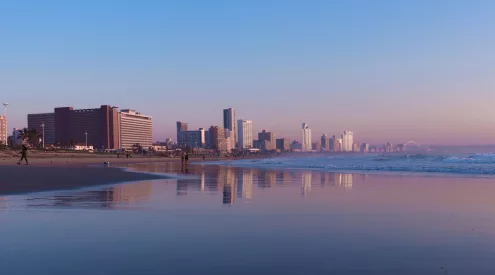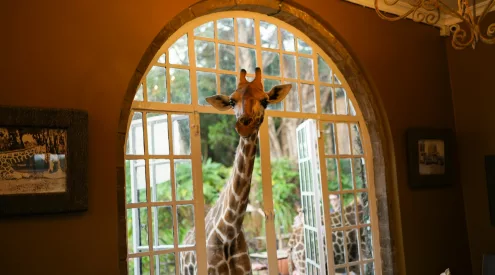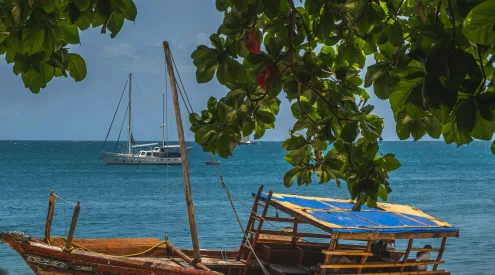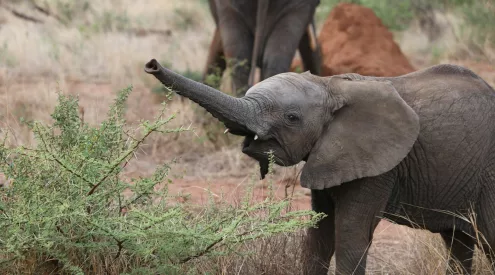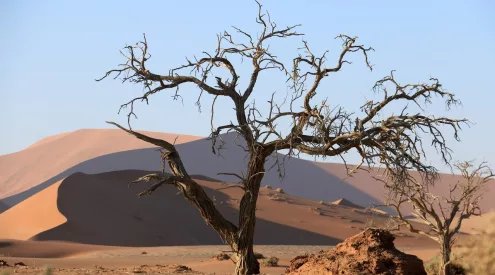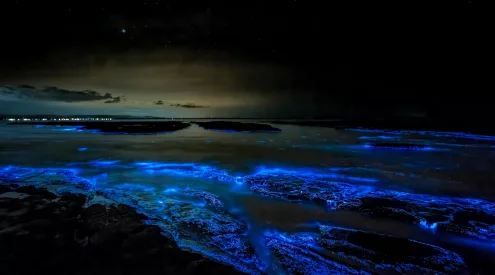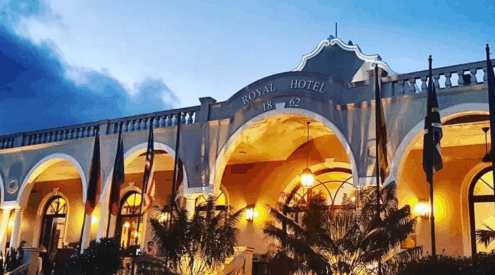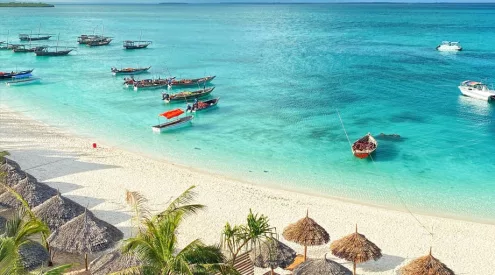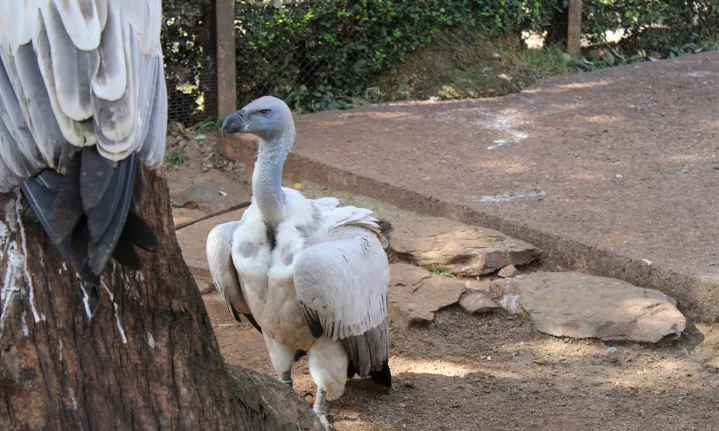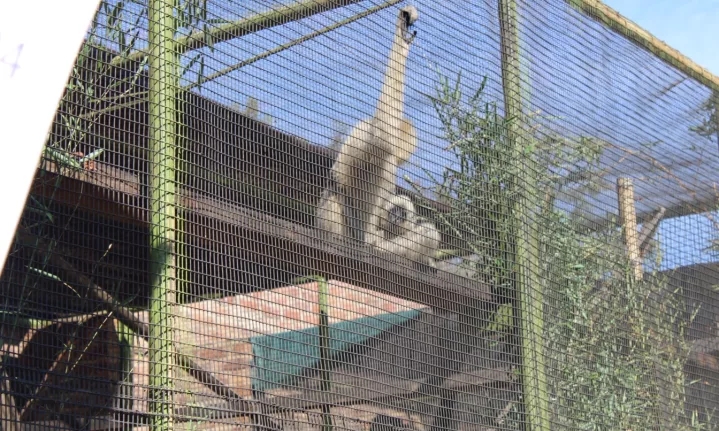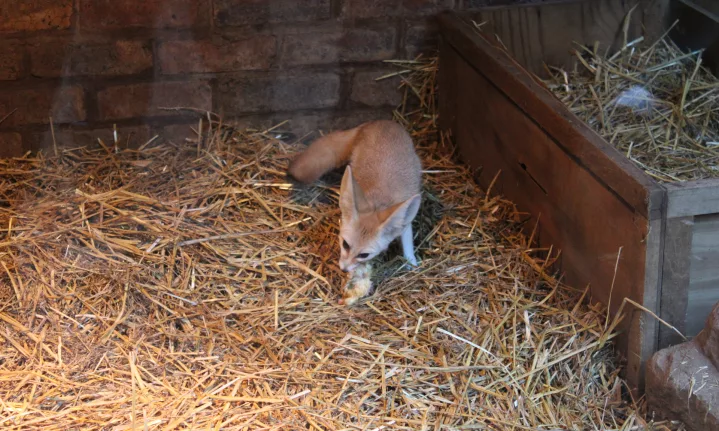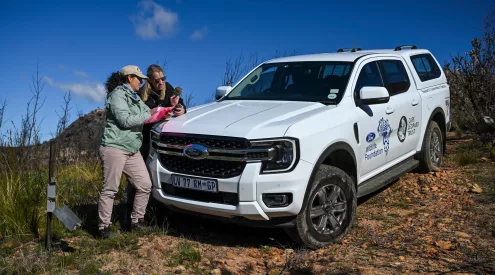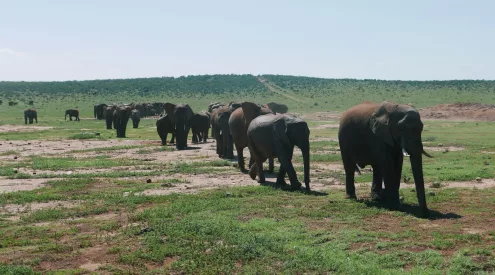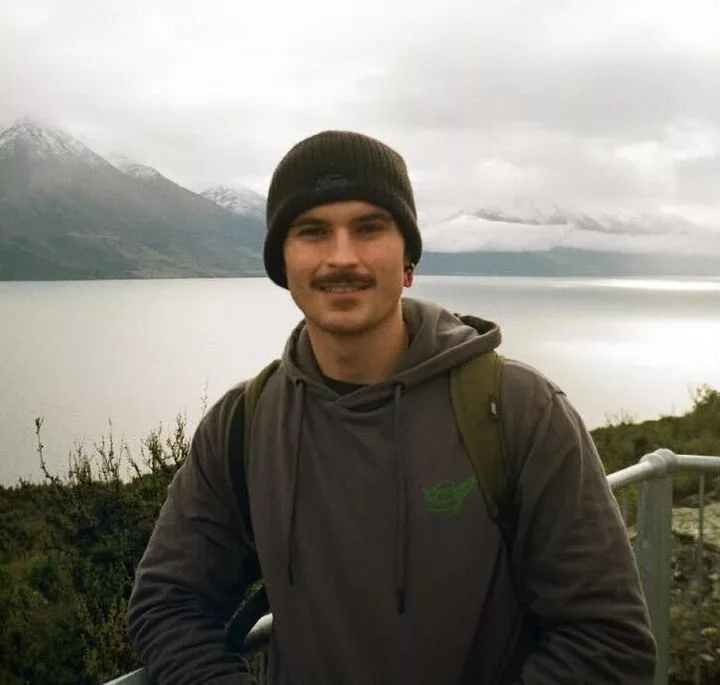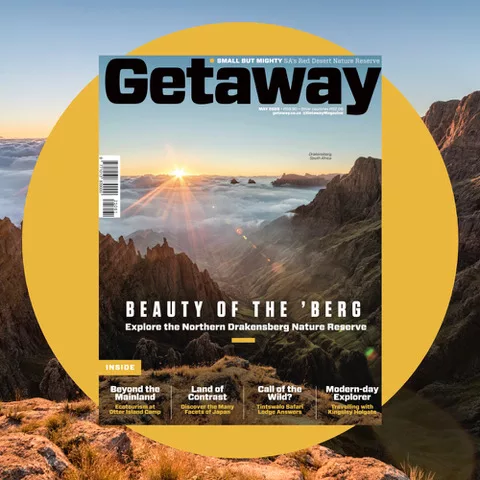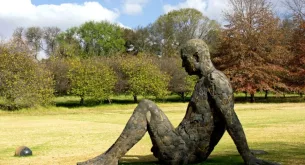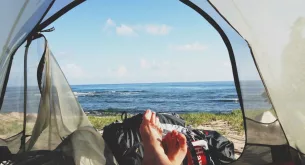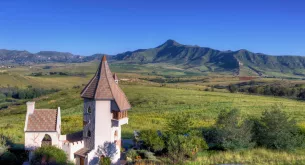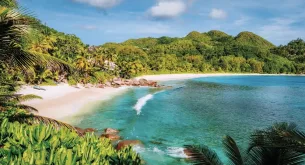As the world observes Endangered Species Day, South Africa highlights not only the richness of its biodiversity but also the threats it faces — and the determined efforts to protect it.
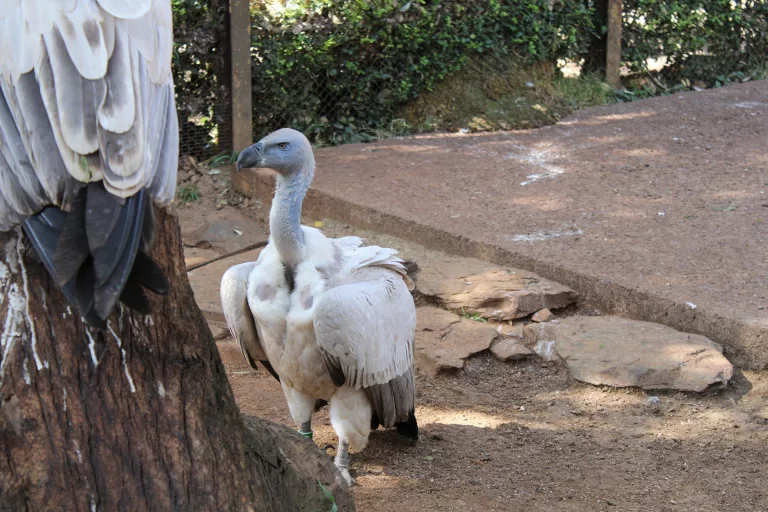
Picture/SANBI/Funananirabambi
The South African National Biodiversity Institute (SANBI) is leading the charge, working alongside national and international partners to safeguard plants and animals teetering on the edge of extinction.
South Africa is home to a stunning variety of species, many of which are found nowhere else on Earth. From rare flora hidden in rocky outcrops to gibbons swinging through the trees, each life form contributes to a complex web of ecosystems. However, increasing threats — including habitat destruction, poaching, invasive species, and climate change — continue to endanger this natural heritage.
Endangered Species Day offers a moment to reflect on these challenges and the resilience of nature. “Each species, plant or animal, whether it is held in natural habitats, protected areas or national botanical and zoological gardens, tells a story of survival, of exploitation, and of hope,” reads a statement from SANBI.
A Gibbon Baby brings global hope
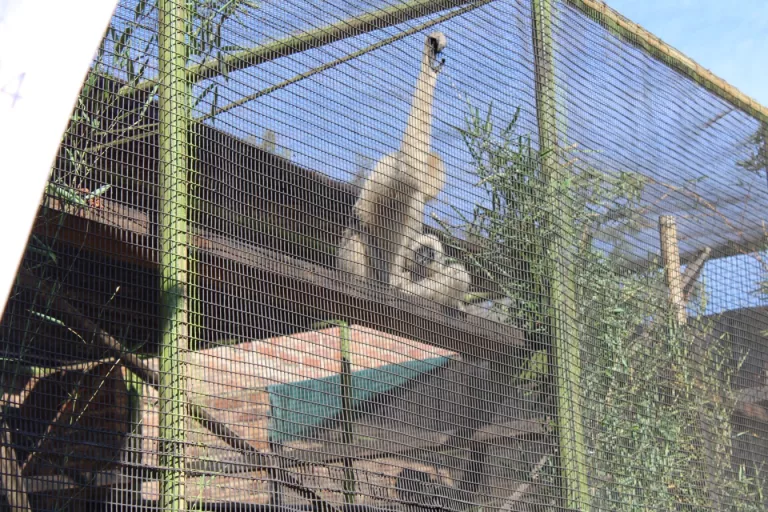
Picture/SANBI/Funananirabambi
One such story comes from the National Zoological Garden (NZG) in Pretoria, where conservationists recently celebrated a significant milestone: the birth of a buff-cheeked gibbon — the first for the zoo. The infant, born to Silvester and Lony, represents a victory for global breeding initiatives aimed at saving the endangered species, which is native to Cambodia and is under severe threat from habitat loss and poaching.
“This is not just a baby,” says Tracy Rehse, Director of Animal Conservation at the NZG. “It’s a lifeline for a species.”
Silvester, originally from Czechia and transferred from France as part of a European conservation breeding programme, was paired with Lony after a carefully monitored introduction. Their successful bond and the birth of their offspring signal the effectiveness of the European Association of Zoos and Aquaria (EAZA) studbook programme, which supports genetic diversity among captive species.
Currently, 15% of the species at the NZG are classified as threatened — from birds to big cats — underscoring the urgent need for continued efforts.
ALSO READ: A bond beyond the tank: A Durban Aquarist and Gyūki
Gardens that guard our future
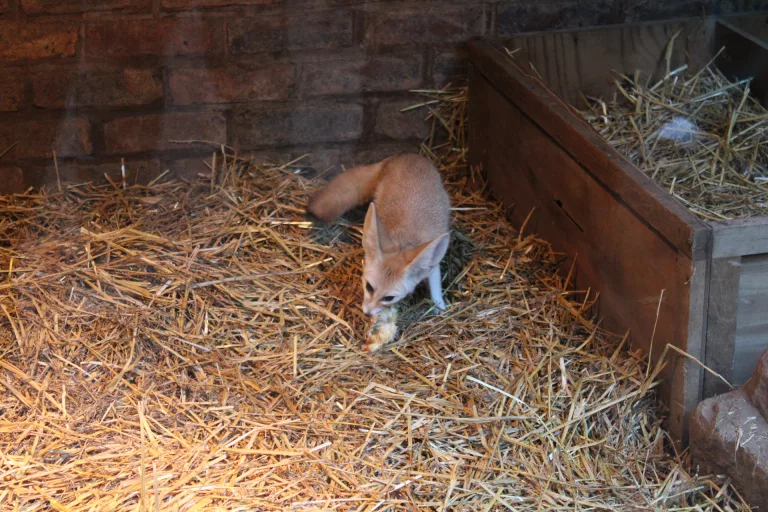
Picture/SANBI/Funananirabambi
“SANBI’s work in both in situ (in natural habitats) and ex situ (outside of natural habitats) conservation shows that change is possible, but only with public support. Most of SANBI’s national botanical gardens are classified internationally as conservation gardens and manage areas of natural vegetation with their associated biodiversity,” explains Nontsikelelo Mpulo, SANBI’s Director of Marketing, Communication and Commercialisation.
These gardens don’t just serve conservation purposes; they also educate the public on the traditional value of plants and animals, and their role in supporting the economy. The wider network of protected areas — including local, provincial and national parks — provides crucial refuge for species facing extinction.
What you can do
But SANBI stresses that conservation isn’t the responsibility of institutions alone.
“Responsible citizens can play a vital role in protecting South Africa’s biodiversity, especially in monitoring plants and animals listed as threatened,” says Mpulo. “Start by never buying wild plants or animals from illegal traders. Instead, support ethical nurseries and reputable conservation programmes that prioritise sustainability.”
She urges the public to report any suspicious wildlife activity and to get involved with environmental organisations such as the Botanical Society of South Africa, WWF-SA, Birdlife SA, the Endangered Wildlife Trust (EWT), and WESSA. Citizen science programmes also offer avenues for individuals and groups to contribute to conservation knowledge across South Africa’s nine biomes, from forests to grasslands.
A message for the future
“Conservation begins with awareness, and every informed action helps secure a future for our natural heritage,” Mpulo adds.
Perhaps her most powerful message is also the most personal:
“Everything is connected. When we lose a plant, we may lose a pollinator. When we lose a pollinator, we lose food. When we lose food, we lose people. Conservation is not just about saving species. It’s about saving ourselves.”
Follow us on social media for more travel news, inspiration, and guides. You can also tag us to be featured.
TikTok | Instagram | Facebook | Twitter
ALSO READ: First group of rehabilitated vultures released back into the wild

